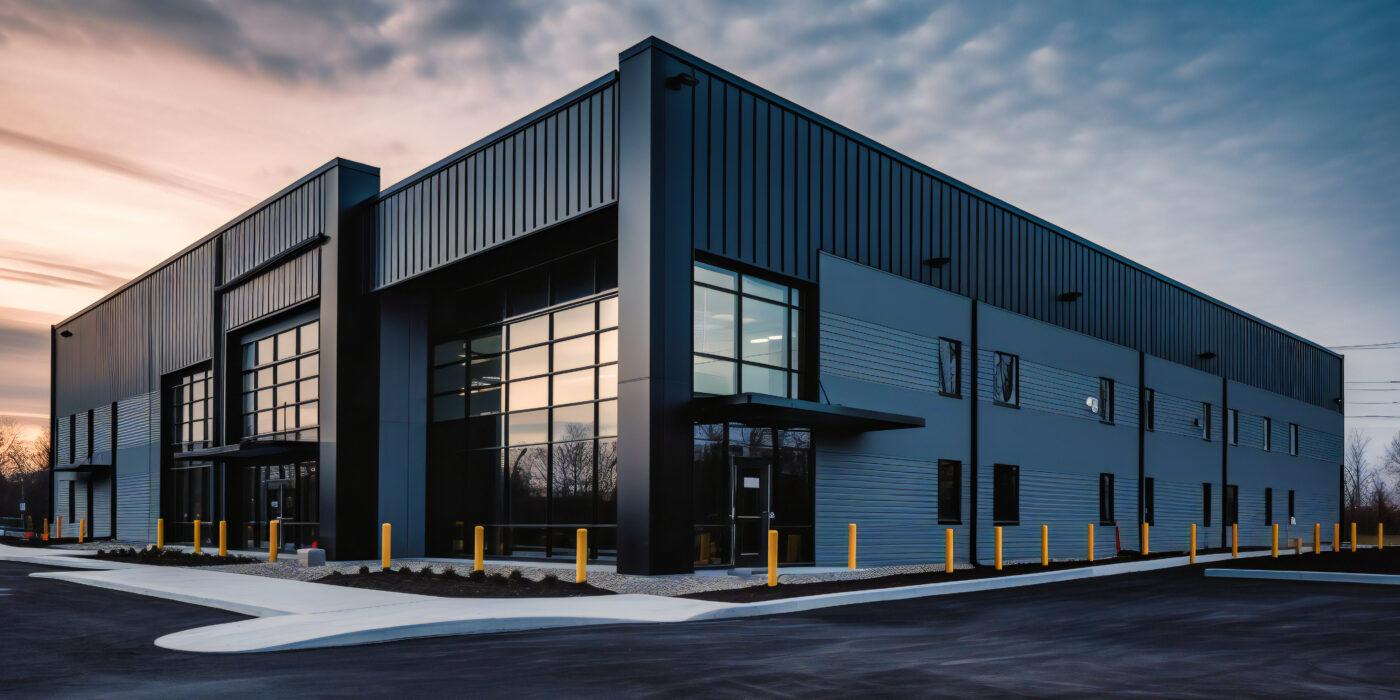Data-Driven Assets: A Strategic Guide to Investing in Diamonds
In the boardrooms of the world’s most successful companies, decisions are no longer made on gut instinct alone. They are driven by data, analytics, and strategic foresight.
At Ironsides Group, we empower businesses to harness this very power to navigate complexity and uncover value. This principle of informed, analytical decision-making doesn’t just apply to mergers and market expansions; it can be applied to the world of high-value, tangible assets—specifically, the diamond.
Beyond their timeless beauty and symbolism, diamonds represent a fascinating class of asset. They are portable, durable, and historically hold value. However, navigating this market requires more than an appreciation for sparkle; it requires the mindset of a strategist.
This guide will leverage a data-driven framework to demystify diamond investment, treating it with the same analytical rigor you would apply to a key business initiative.
The Diamond as a Strategic Asset Class
Before any investment, understanding the fundamental landscape is crucial. Why consider diamonds in a portfolio of modern assets?
Key Strategic Advantages
-
Tangible Store of Value: Unlike digital currencies or stocks, a diamond is a physical object. It is not subject to digital decay or the collapse of a single financial institution.
-
Low Correlation to Financial Markets: Historically, the value of high-quality diamonds has not always moved in lockstep with the stock market, providing a potential hedge against volatility.
-
Global Liquidity: As a universally recognized store of value, diamonds can be sold in markets across the world.
-
Discreet and Portable: A significant value can be stored in a very small, secure, and portable form.
Inherent Risks and the Need for Due Diligence
-
Lack of Centralized Pricing: There is no “diamond exchange” like the NYSE, making price discovery more complex.
-
Expertise Barrier: The market has historically been opaque, requiring significant knowledge to avoid overpaying or purchasing misgraded stones.
-
Liquidity Premiums: While liquid, selling quickly often requires a discount, unlike a publicly traded stock.
The Due Diligence Framework: The 4 Cs as Your KPI Dashboard
In business, we track Key Performance Indicators (KPIs). In the diamond world, the 4 Cs—Cut, Color, Clarity, and Carat—are your KPIs. They provide a standardized, data-rich language for evaluation.
1. Cut: The Algorithm of Light
The Cut is not about shape (round, princess), but about the quality of the proportions, symmetry, and polish. It is the most critical “C” as it determines the diamond’s brilliance and fire.
-
Excellent/ Ideal Cut: Maximizes light return. This is your top-tier performer.
-
Very Good Cut: Reflects most light that enters. A high-quality, efficient choice.
-
Good Cut: Reflects a majority of light. A solid, mid-range option.
-
Fair & Poor Cut: Allows light to leak out, resulting in significant loss of brilliance. An underperforming asset.
2. Color: The Spectrum of Purity
The Diamond color grade assesses the absence of color in a white diamond. The scale runs from D (completely colorless) to Z (light yellow or brown).
A Simplified Color Grading Table:
| Grade Range | Description | Strategic Positioning |
|---|---|---|
| D-F | Colorless | The premium tier. Highest per-carat cost. Ideal for maximum purity and investment. |
| G-J | Near Colorless | The value sweet spot. Face-up, they appear colorless to the untrained eye, but at a lower cost than D-F. |
| K-M | Faint Tint | Noticeable color, but can offer significant size for budget. Often used in vintage-style yellow gold settings. |
3. Clarity: The Internal Data Log
Diamond Clarity grades the internal (inclusions) and external (blemishes) characteristics of a diamond. Think of it as the log of the diamond’s natural formation.
-
FL, IF: Flawless. Extremely rare and priced accordingly.
-
VVS1, VVS2: Minute inclusions difficult for a skilled grader to see. Excellent quality.
-
VS1, VS2: Minor inclusions that are typically “eye-clean” (not visible without magnification). The optimal point for investment and value.
-
SI1, SI2: Noticeable inclusions under magnification, often eye-clean in SI1. A strategic choice for maximizing carat weight.
4. Carat Weight: The Balance Sheet
Carat is the unit of weight. It is the most objective metric, but its value is entirely dependent on the other three Cs. A poorly cut 2-carat diamond can be less valuable and beautiful than a well-cut 1-carat diamond.
The Modern Marketplace: Leveraging Technology for Transparency
The traditional diamond industry was built on controlled information. Today, technology has democratized data, empowering the consumer. Online retailers have led this charge by providing high-resolution imagery, video, and certified grading reports for every stone.
This shift demands that any serious investor or purchaser becomes a researcher. To understand how leading platforms are facilitating this data-driven approach, it is critical to consult independent, analytical resources.
For a strategic breakdown of the market leader known for its vast inventory and educational resources, a deep dive into a Blue Nile review is an essential first step in the due diligence process.
Similarly, to compare a platform renowned for its revolutionary 360-degree video technology and bespoke setting options, a thorough James Allen review provides the comparative data needed for a confident decision. This level of research transforms a subjective purchase into a strategic acquisition.
The AI Future of Gemology
The next frontier in diamond evaluation is already here. Artificial intelligence and machine learning models are being trained to:
-
Analyze Diamond Grading: Using computer vision to assess the 4 Cs with superhuman consistency, potentially reducing human error and bias.
-
Predict Optimal Cutting: Modeling light performance to determine the cut that will yield the greatest brilliance from a raw stone.
-
Identify Synthetics and Treatments: Advanced spectral analysis can detect lab-grown diamonds and treatment processes with incredible accuracy.
Staying informed on these technological advancements is key to future-proofing your understanding of the asset class. For ongoing insights into the intersection of gemology, data, and market trends, the research hub Aurelia serves as a valuable repository of knowledge, offering deep dives that go beyond the surface.
Conclusion: Building a Portfolio with Clarity and Precision
Investing in a diamond, whether for financial growth or to mark a foundational life event, should not be a leap of faith. It is a strategic process that mirrors the core principles of business leadership: deep research, quantitative analysis, and a clear understanding of value drivers.
By applying a data-driven framework—treating the 4 Cs as your KPIs, leveraging modern market transparency, and understanding the asset’s strategic role—you move from being a passive buyer to an informed investor. In a world of noise and volatility, the methodical pursuit of timeless value remains the most intelligent strategy of all.








